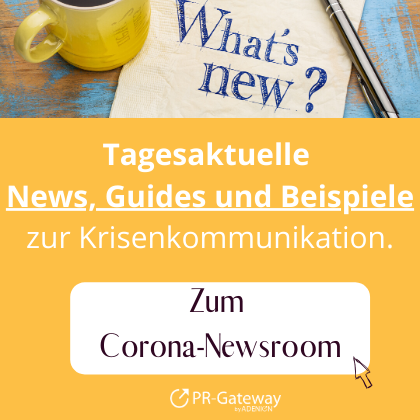Nuclear imaging techniques help tailoring treatments matching the individual cancer patient“s needs
For tumor patients the timely choice of the appropriate therapy is of vital importance. Nuclear medical methods such as PET (positron emission tomography) allow not only for targeting the tumor but also for assessing the treatment outcome soon after therapy onset. This enables doctors to change treatment if necessary and adapt it to the specific conditions and needs of their patients, says Prof. Stefano Fanti, expert of the European Association of Nuclear Medicine (EANM).
Over the past years the number of patients with solid tumors such as cancer of the colon, the breast or the lungs has increased. This is due to a variety of reasons, among them a raised life expectancy as well as the exposition to new risk factors, for example a wider diffusion of smoking among females. Furthermore, cancer is earlier being detected than it used to be, thanks to refined imaging procedures that are already used for screening. „In the past, enormous public and private investments have been made in order to reduce cancer incidence and mortality. Despite some improvements over the last 10 years, the overall outcome of the „war against cancer“ has been disappointing. Among the reasons for this limited success is our inability to determine, whether the therapeutic target is reached and possibly cured by the drug that is being applied. A further important issue is our limited ability to correctly assess response to treatment early after start of therapy which would allow for more individualized treatment approaches,“ says EANM expert Prof. Stefano Fanti (University of Bologna).
This is where the combination of the two imaging techniques PET (positron emission tomography) and CT (computed tomography) comes into play. While CT uses X-rays to deliver cross-sectional anatomical images PET spots cancerous cells by making visible their metabolism through tracers (radioactively labelled substances the patient is injected with).
In the last fifteen years PET/CT has been successfully employed to assess how patients respond to chemo-and radiotherapy. Before treatment starts, patients undergo a PET examination in order to evaluate the malignancy and the extent of the tumor by measuring the tissue“s uptake of the radioactive tracer in relation to the administered dose and the body weight. After chemo- or radiotherapy – or a combination of both – a second PET examination is performed in order to evaluate the treatment outcome. The amount of tracer substance that can still be visualized now informs on how much the metabolic activity of the tumor as well as the extent of the cancerous areas have been reduced. Even a complete normalization is not rare. However, even in such cases, where the therapy has been entirely successful this is not always accompanied by a complete disappearance of the tissue mass which may persist as a fibrotic area still detectable through morphological imaging modalities such as CT. This is why these conventional imaging techniques, although very accurate in staging, have a low specificity in the assessment of therapy response in oncology. By contrast, PET allows to safely and precisely assess the efficacy of chemotherapeutic or radiotherapeutic treatment in a non-invasive manner.
„A PET response to therapy is of clinical impact because it is related to prognosis and to subsequent clinical and therapeutical individualized choices. This approach was proved to work in several solid tumors such as gynecological cancers, breast cancer, brain malignancies, lung cancer, head and neck cancer, pancreatic cancer, oesophageal cancer, soft tissues sarcomas, neuroendocrine tumors, colorectal and anal cancer. Even in certain kinds of lymphatic cancer at advanced stages PET provides better diagnostic and prognostic results,“ says Prof. Fanti“s colleague Dr. Cristina Nanni.
The most tested tracer used for PET is FDG (2′-[(18)F]-fluoro-2′-deoxy-D-glucose), a radioactive glucose analogue. But currently a number of other radioactive tracers to assess therapy response are being studied, among them labeled Choline which can be used in prostate cancer that is not suitable for FDG.
The high sensitivity of PET/CT in therapy assessment has allowed oncologists and nuclear medicine doctors to further exploit its potential for the patients“ benefit. By applying PET/CT early after therapy onset – for example after two or three cycles of chemotherapy – they could show that a decrease in metabolic activity in responding tumors occurs very soon after therapy onset even if the mass is unchanged in size and shape.
This has important consequences. A non-responder patient can be identified very soon after therapy onset so that non-effective chemotherapy can be immediately stopped, reducing adverse side effects through inefficient toxicity and enabling an early salvage approach, for example by shifting to a different drug or to radiotherapy. Due to this, PET/CT lays the ground for therapies that are tailored to the individual patient: The data provided allow for the selection of the most efficient drug while at the same time avoiding useless toxicity, thus supporting personalized therapeutical choices.
Presseagentur für Medizinthemen
Kontakt
impressum health & science communication
Frank von Spee
Hohe Brücke 1
20459 Hamburg
040 31786410
vonspee@impressum.de
www.impressum.de




